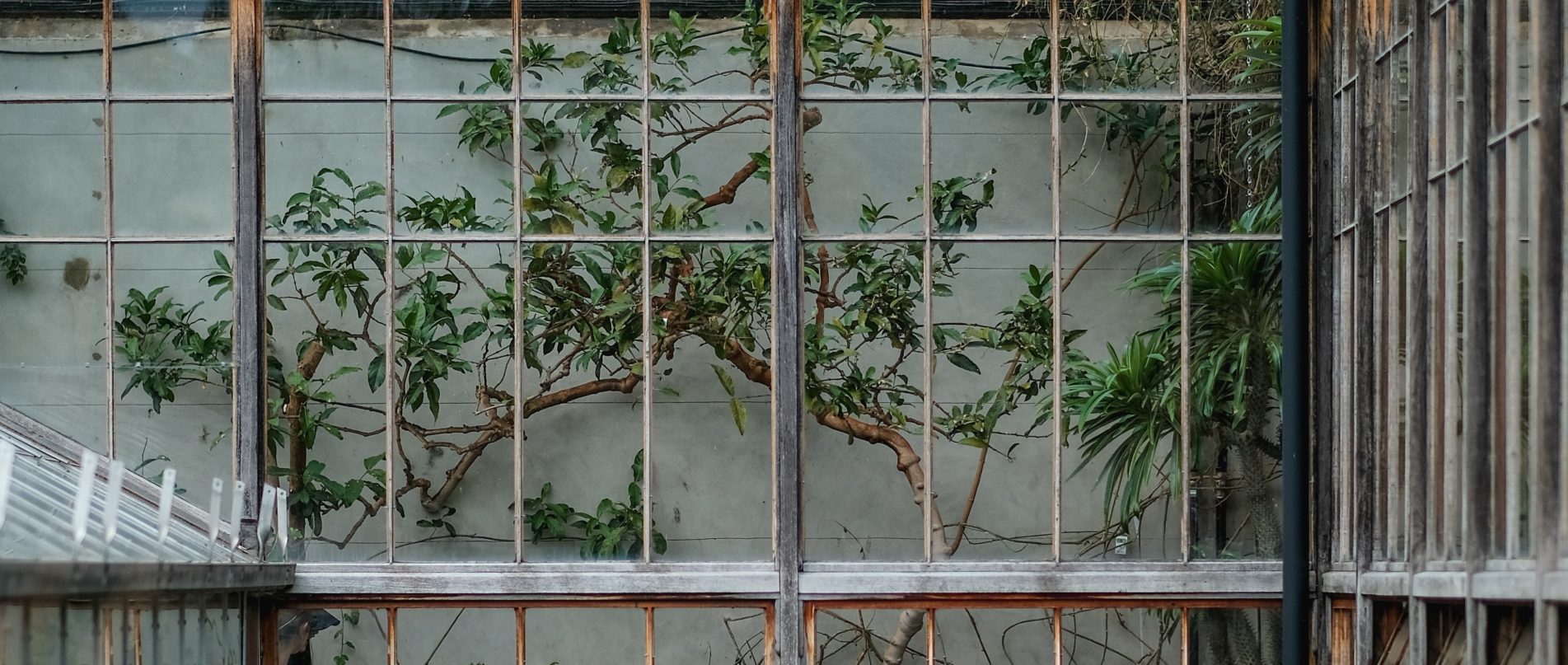
Prompt Images
Malls, dead and dying, populate the declining landscape of American consumerism. As the beautiful lie of the middle class rots away, these empty landmarks remain as monuments to the great failure of avarice.
Yet malls are not without potential. Sometimes, one can find a foundation for the New amidst the ruins of the Old. All it takes is a little imagination.
Picture yourself in front of that dead mall in the no-longer bustling part of town.
You stare up at the old entrance. It hasn’t changed much, you think, noting how the glass doors seem to have been well-maintained. A few people stroll in and out, lacking the urgency of shoppers past. An empty shell in nature never stays that way for long, you think. So it is with this Mall.
You head inside.
The walkways, with their glass ceilings, make for excellent sunlit gardens, and a swath of the upper level has been restructured into a giant greenhouse. A nearby resident explains how the water of the fountains now flows within the hydroponics, restocked by rainwater as it collects upon the roof above, trickling down into the replenishing pipes. The plants warm and freshen the air, offering their scents and fruits freely to passersby.
You continue onward and hear the animals.
The west wing has been converted into a sheltered farm, home to roosting chickens and wandering pigs, a small herd of cattle, and a dutiful crew of feline mouse hunters. The tiled floor is uprooted and now consists of firmly packed earth, the better for hooves and paws to trod upon. A compost heap for the expansive gardens lays in a corner as far downwind as possible from the remainder of the mall.
As you walk the halls, you find the crafters.
The faded sign of a shoe store now marks a leatherworking station, stocked with tools and tables for do-it-yourselfers and managed by a handful of veterans to the craft, happy to teach. The smell of leather and dye fills the air, and the hammering of rivets makes a rhythmic song as vests and moccasins and pouches are created with care. The mall has also become home to a smithy, numerous looms, and several craftspeople of various disciplines.
Eventually, you hit a wall of delicious smells.
The kitchens of the food courts are home to all manner of international and domestic styles, each stocked with the necessary food and tools for authentic cuisine. Anyone may use the space, and seasoned chefs can be found when needed to show newcomers their style. Most of the supplies are grown and harvested on-site, with the trade of crafted goods bringing in the rest, along with extra water when rain is rare.
As you wander, you discover many homes.
The domiciles range from large, hardly modified storefronts to small, private single rooms, divided by fresh masonry, which the older infrastructure supports. Many folks live here, most formerly homeless, all worth saving. They welcome you to their home, their community, and their haven. You are welcome to stay, they say, and have you seen the library yet?



